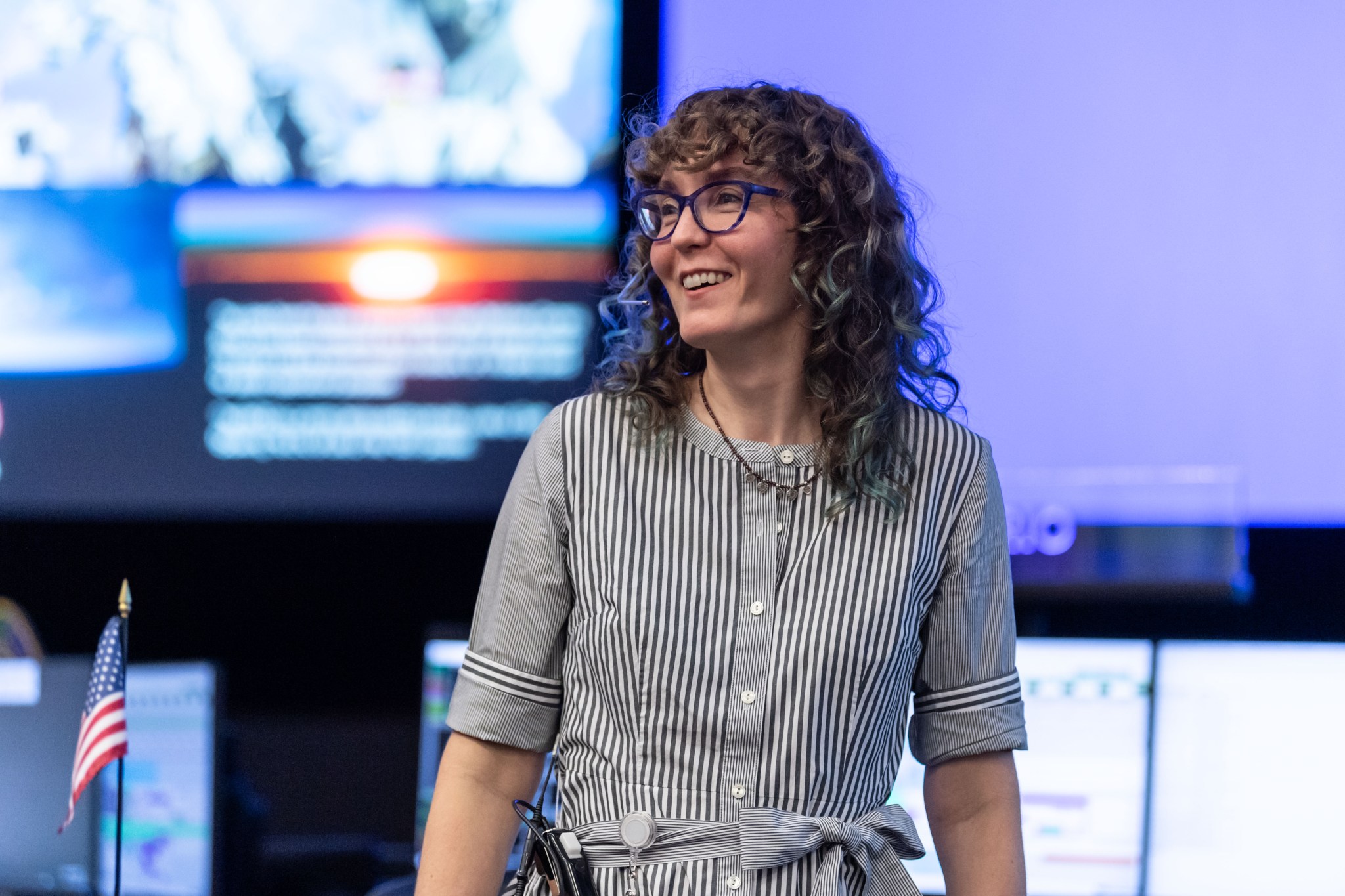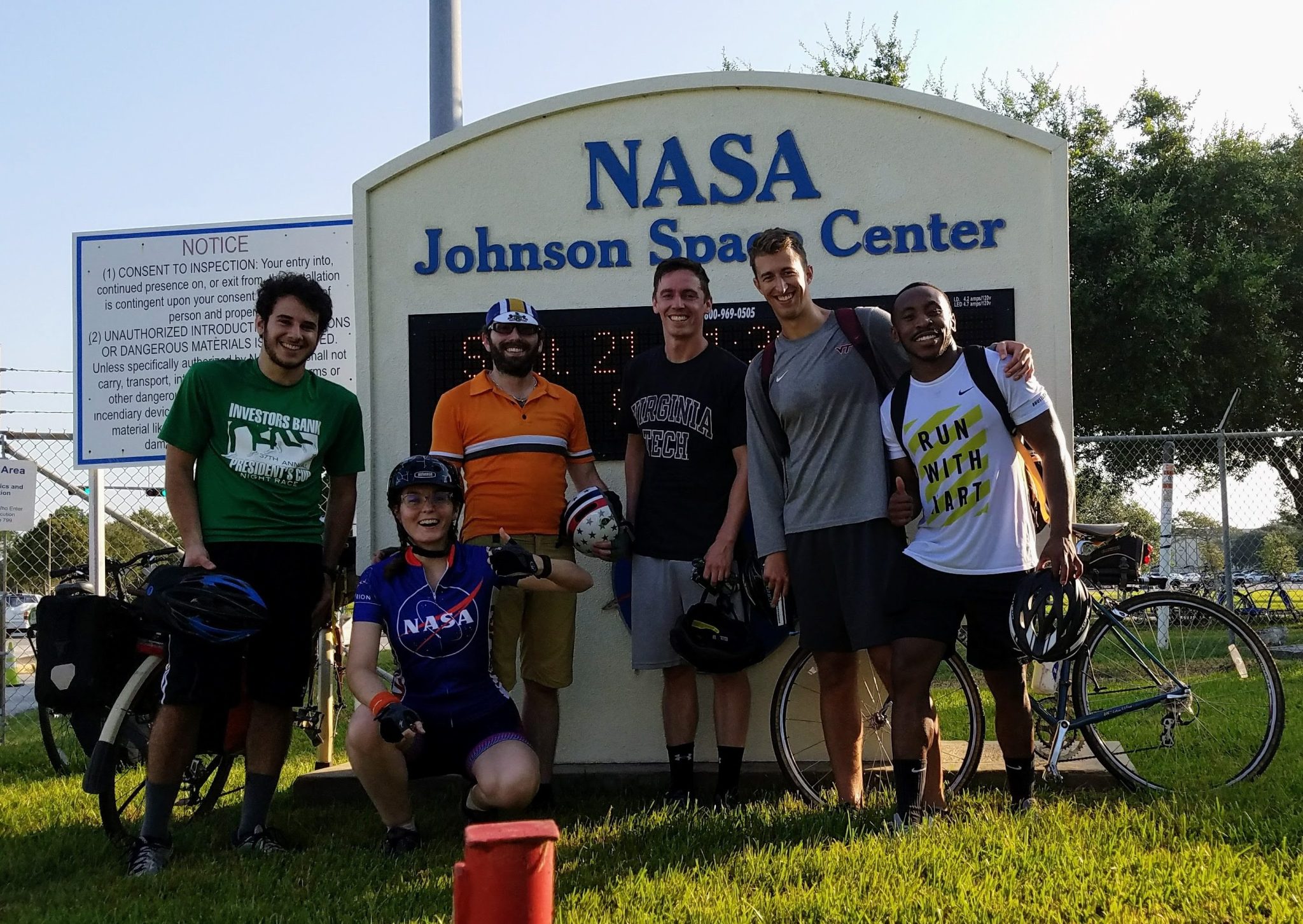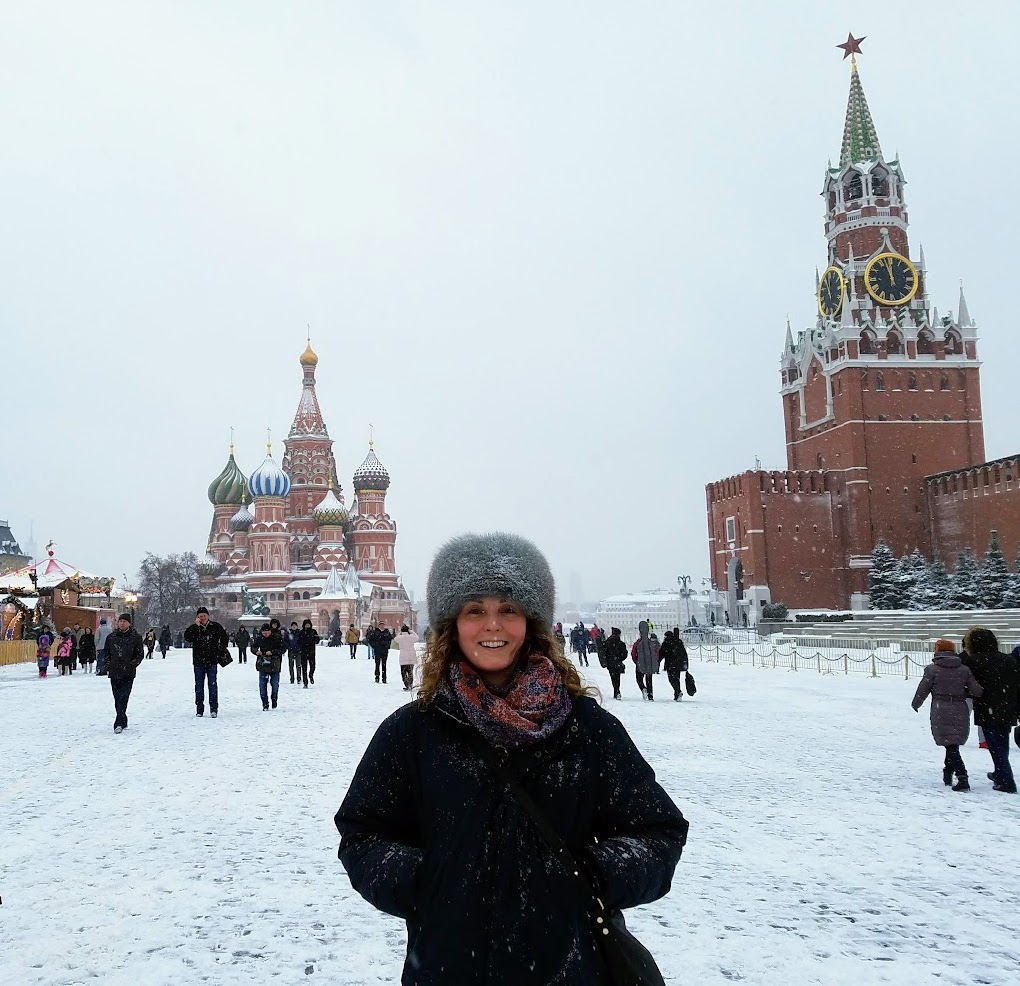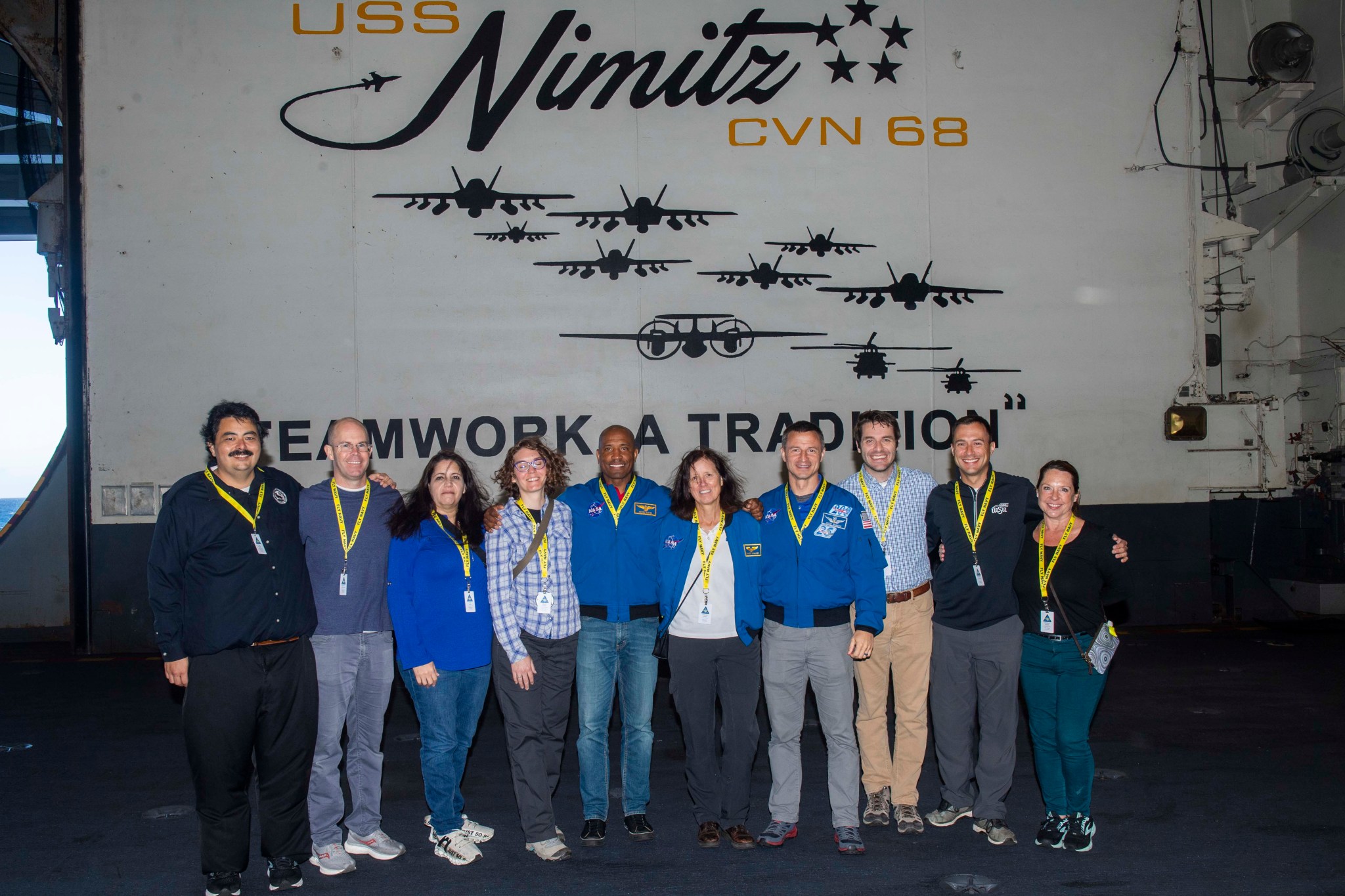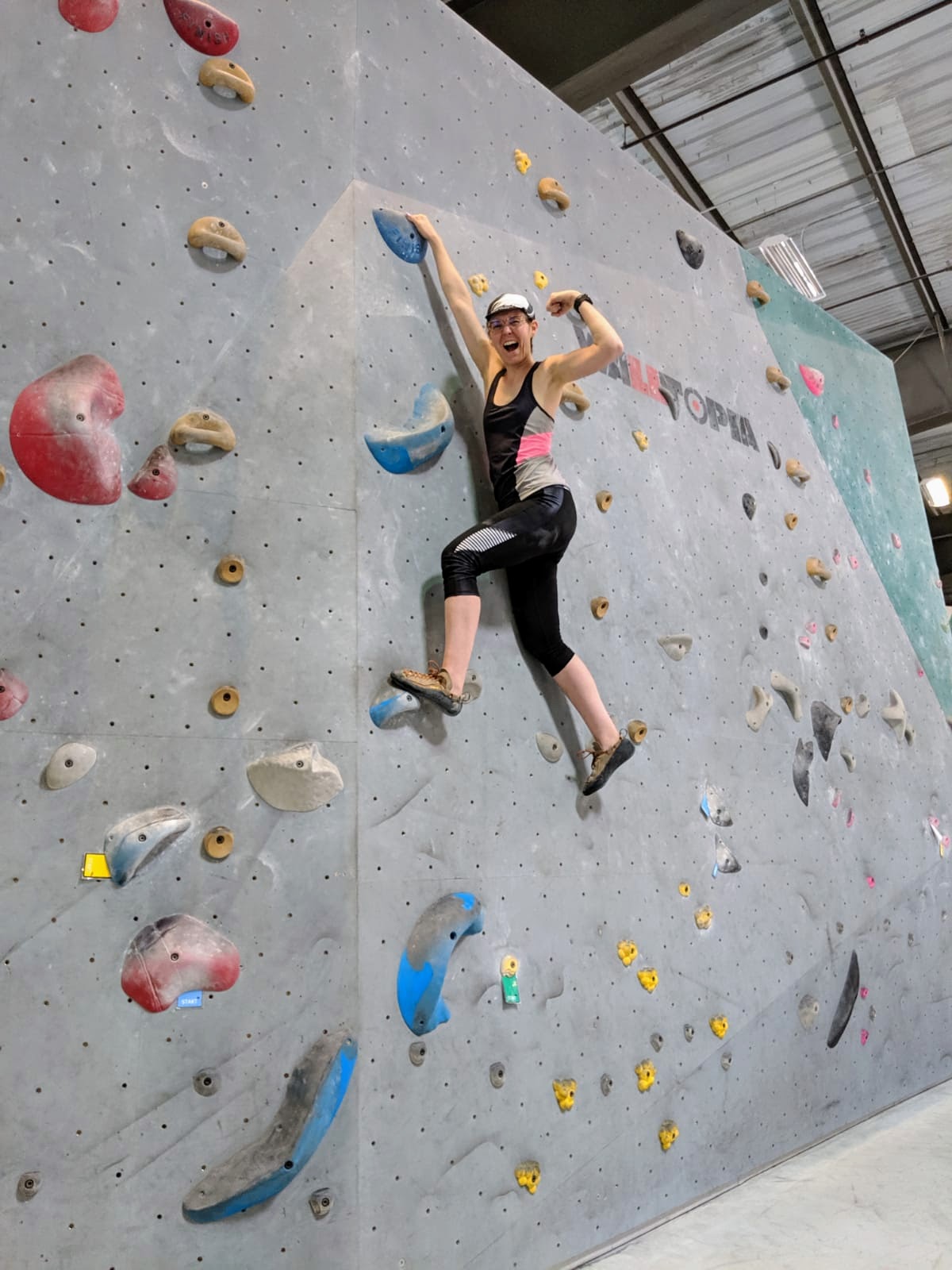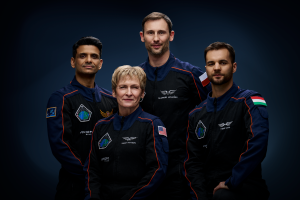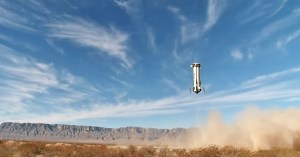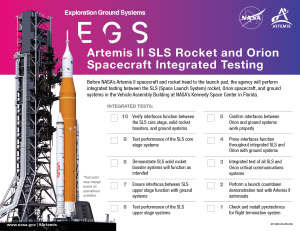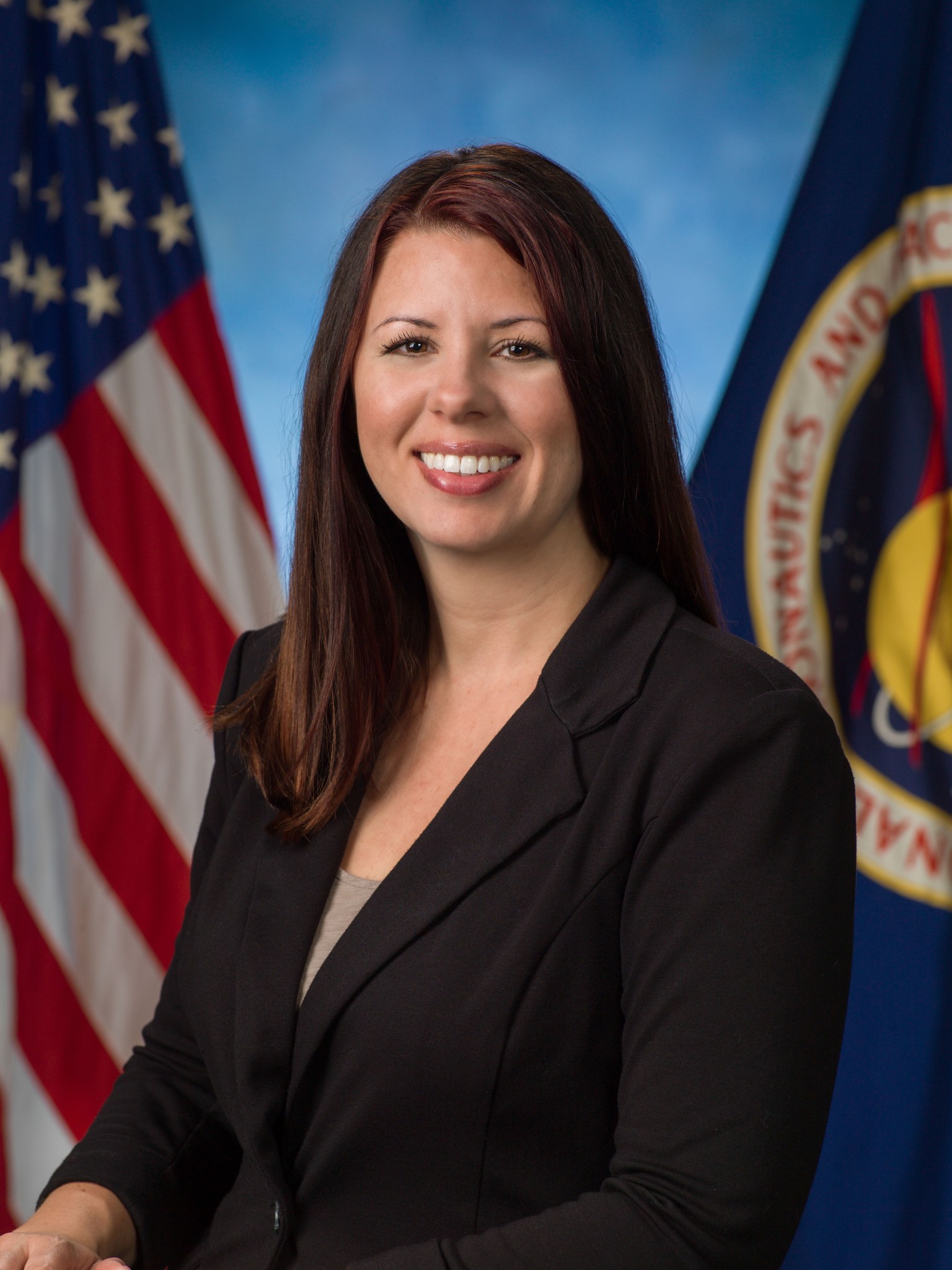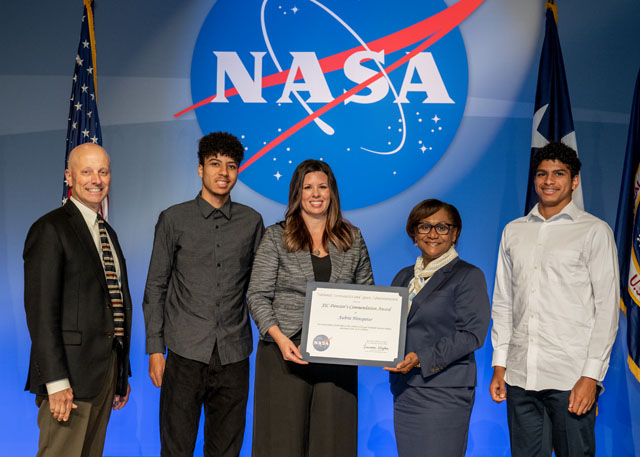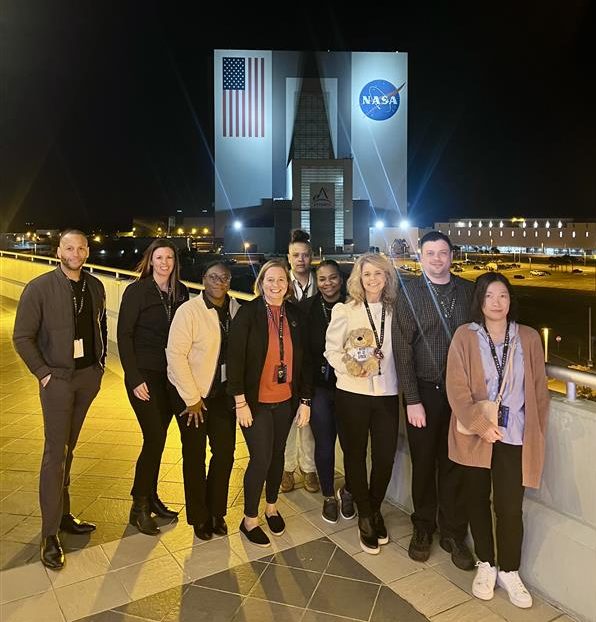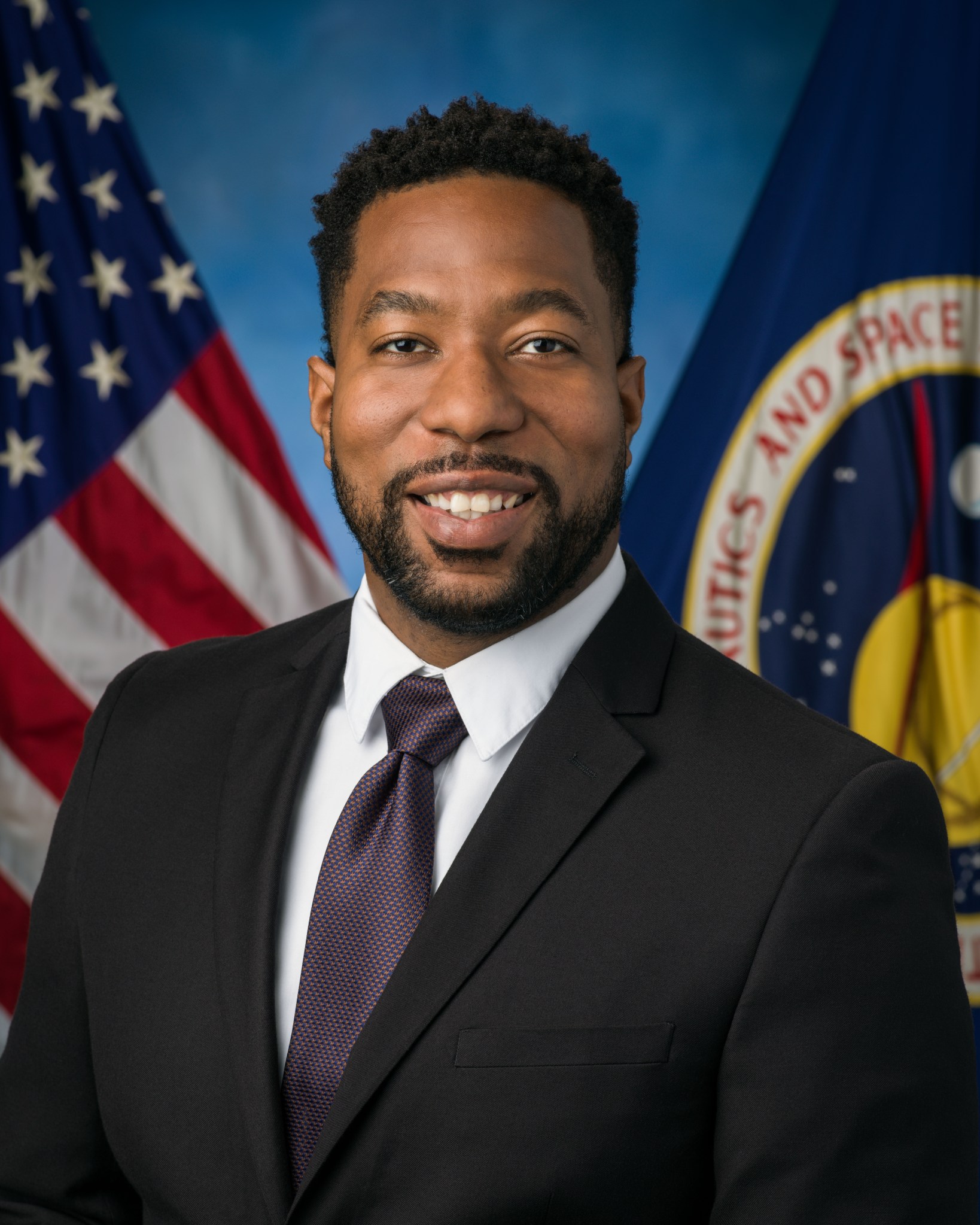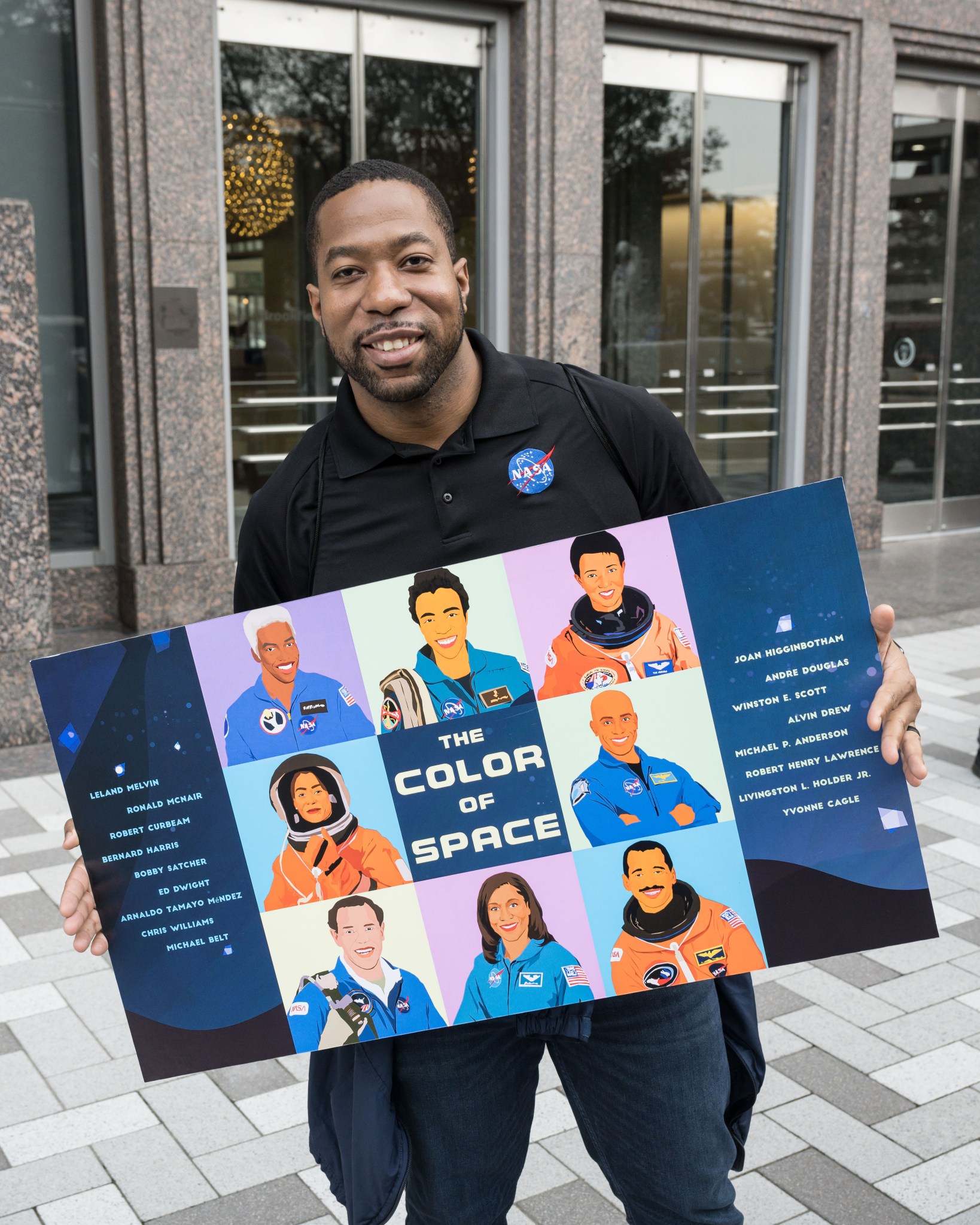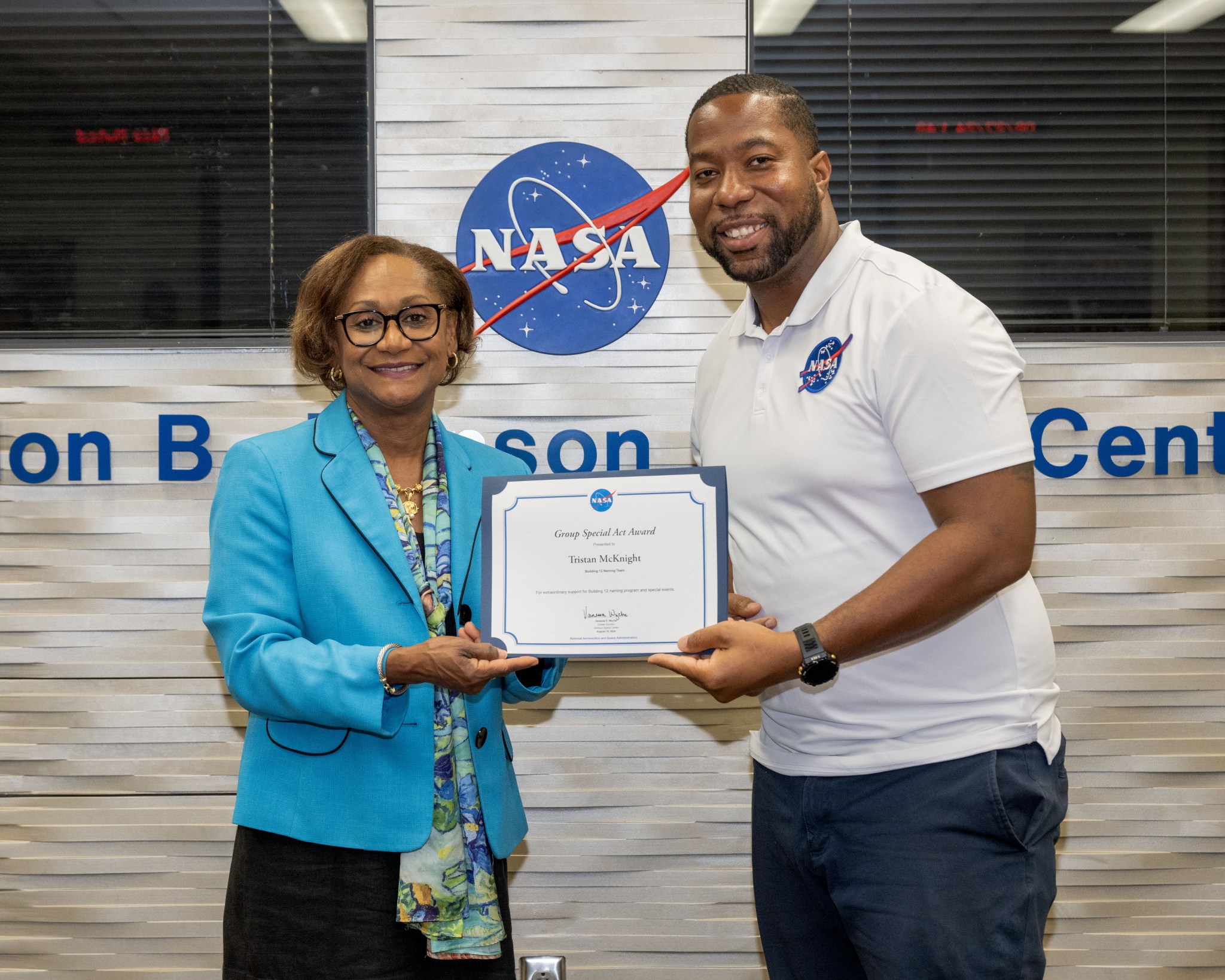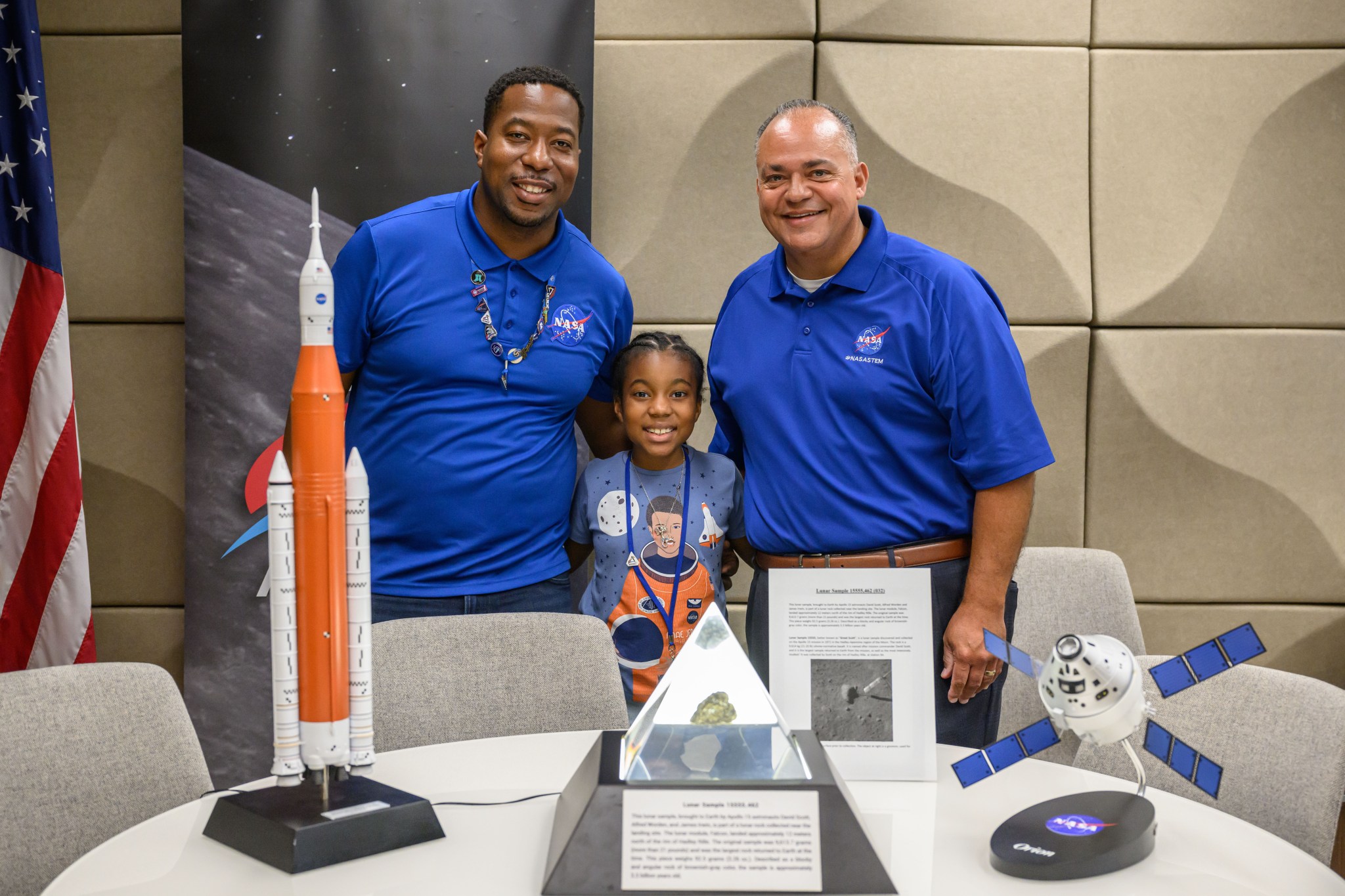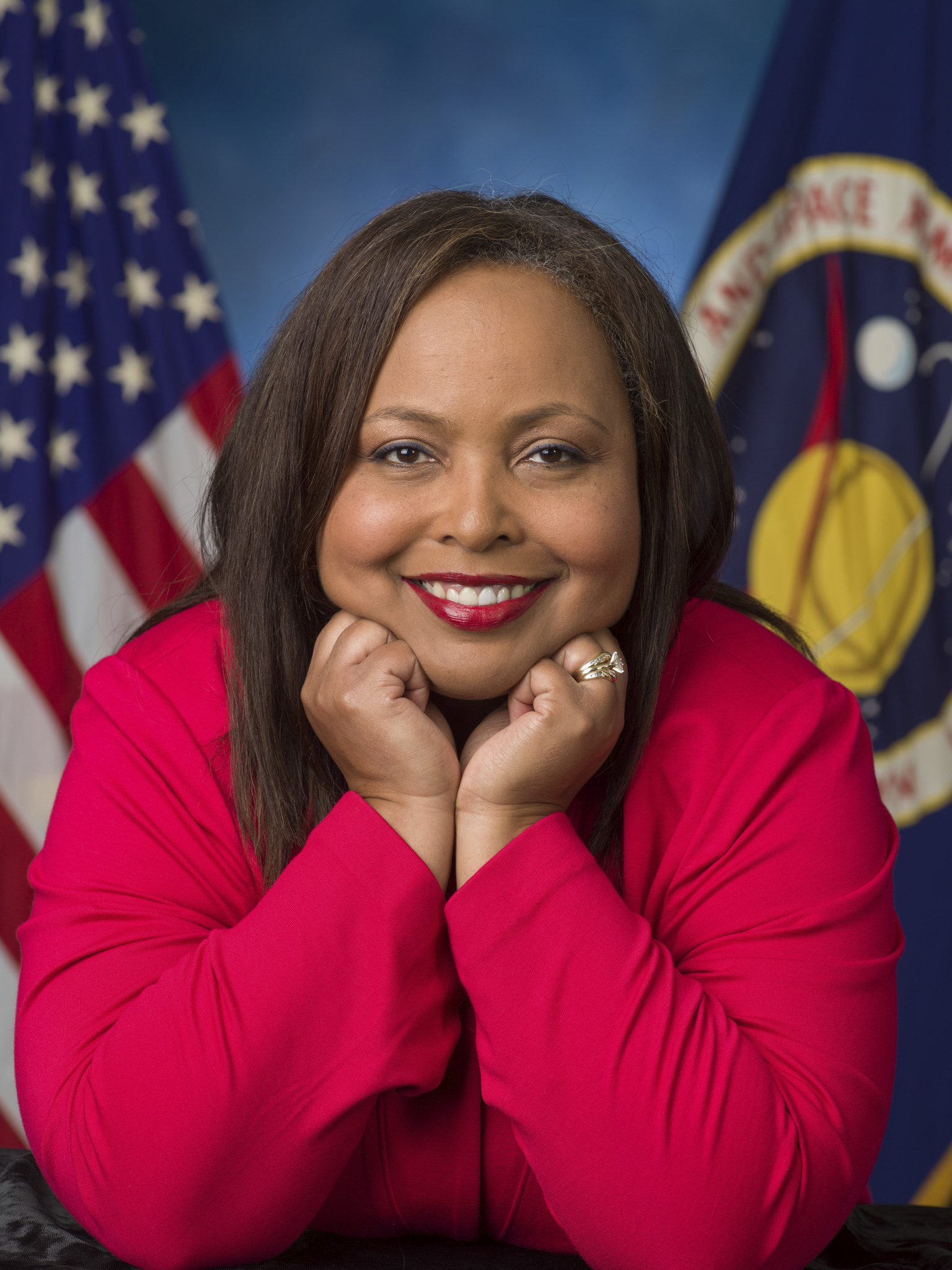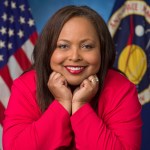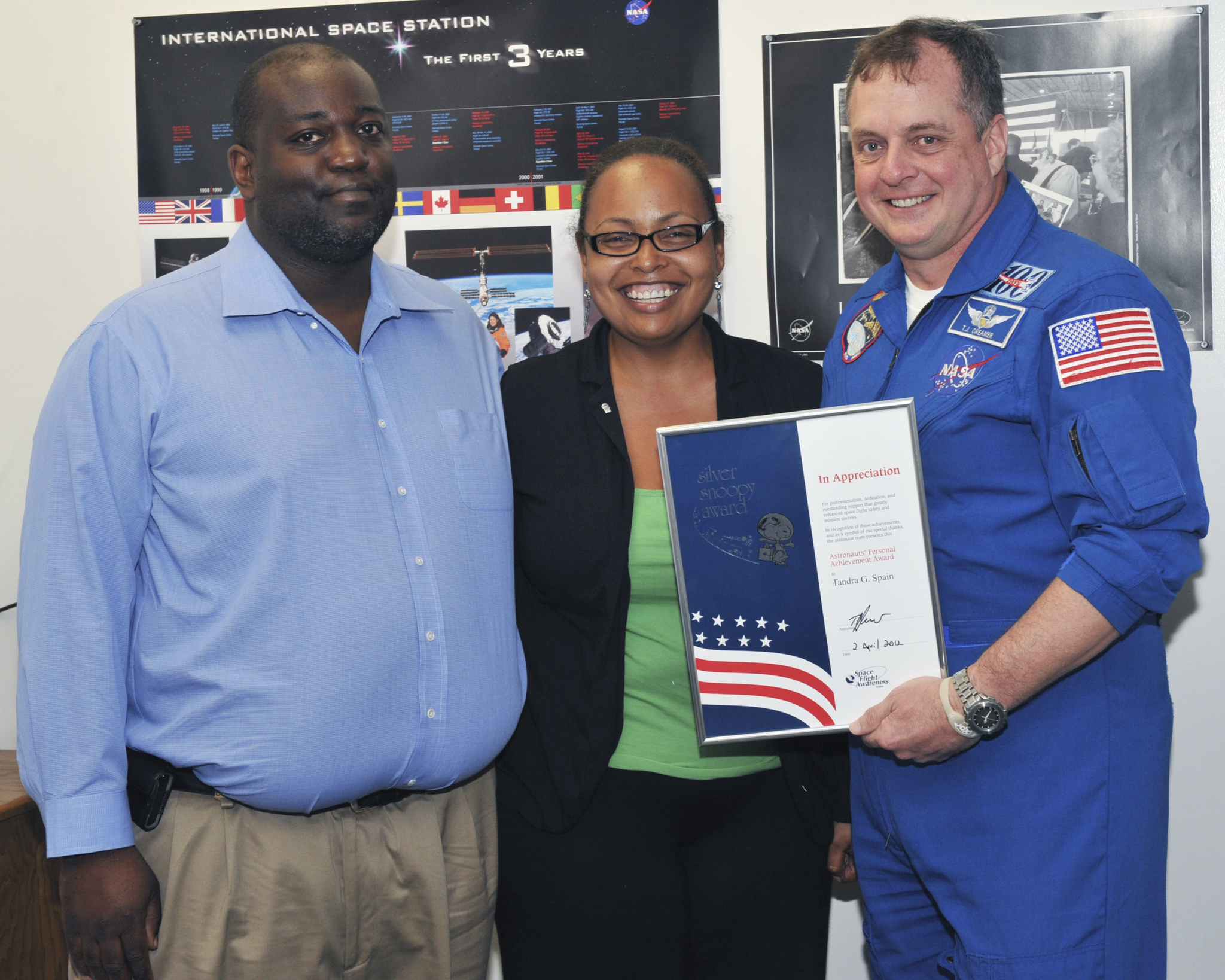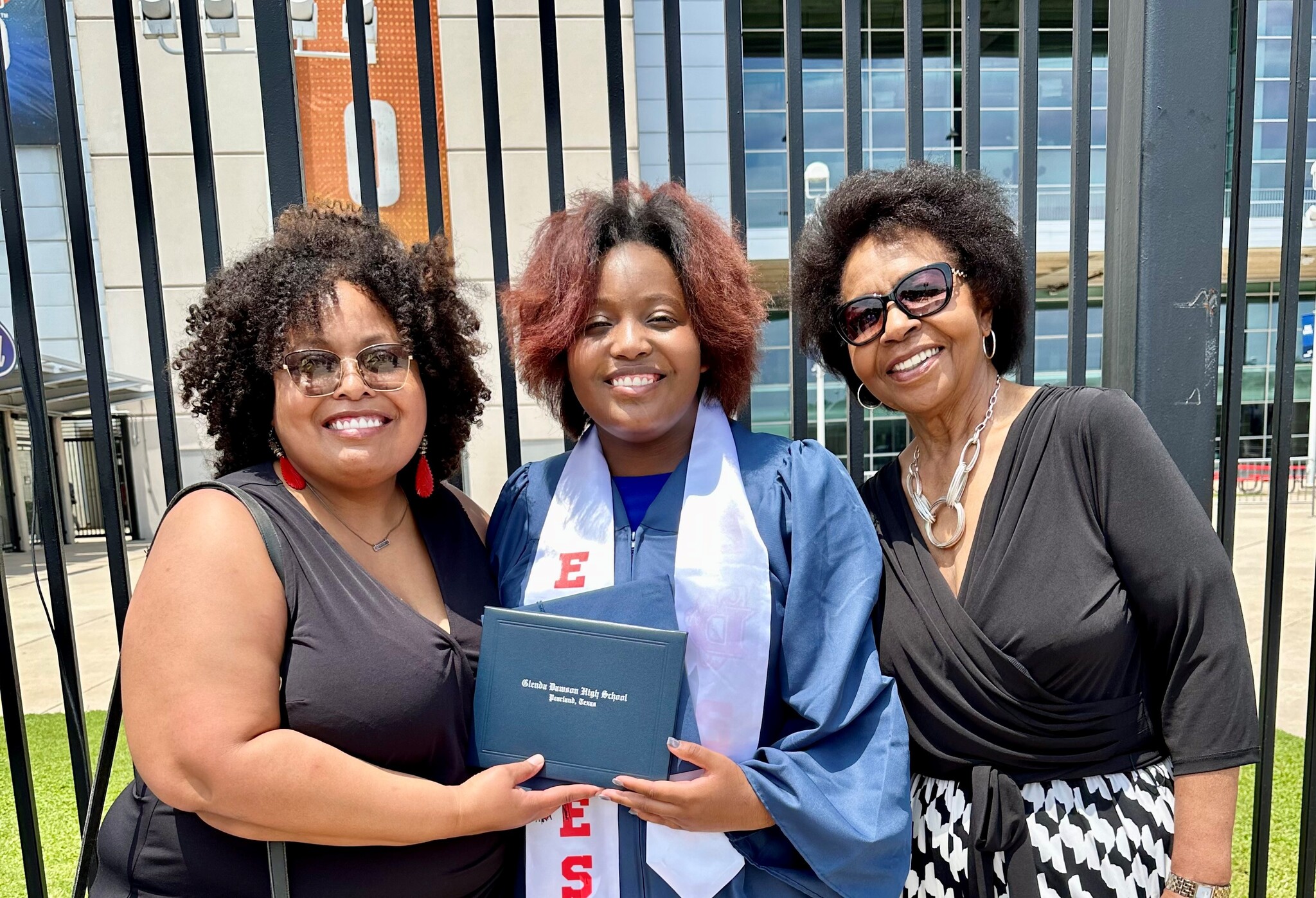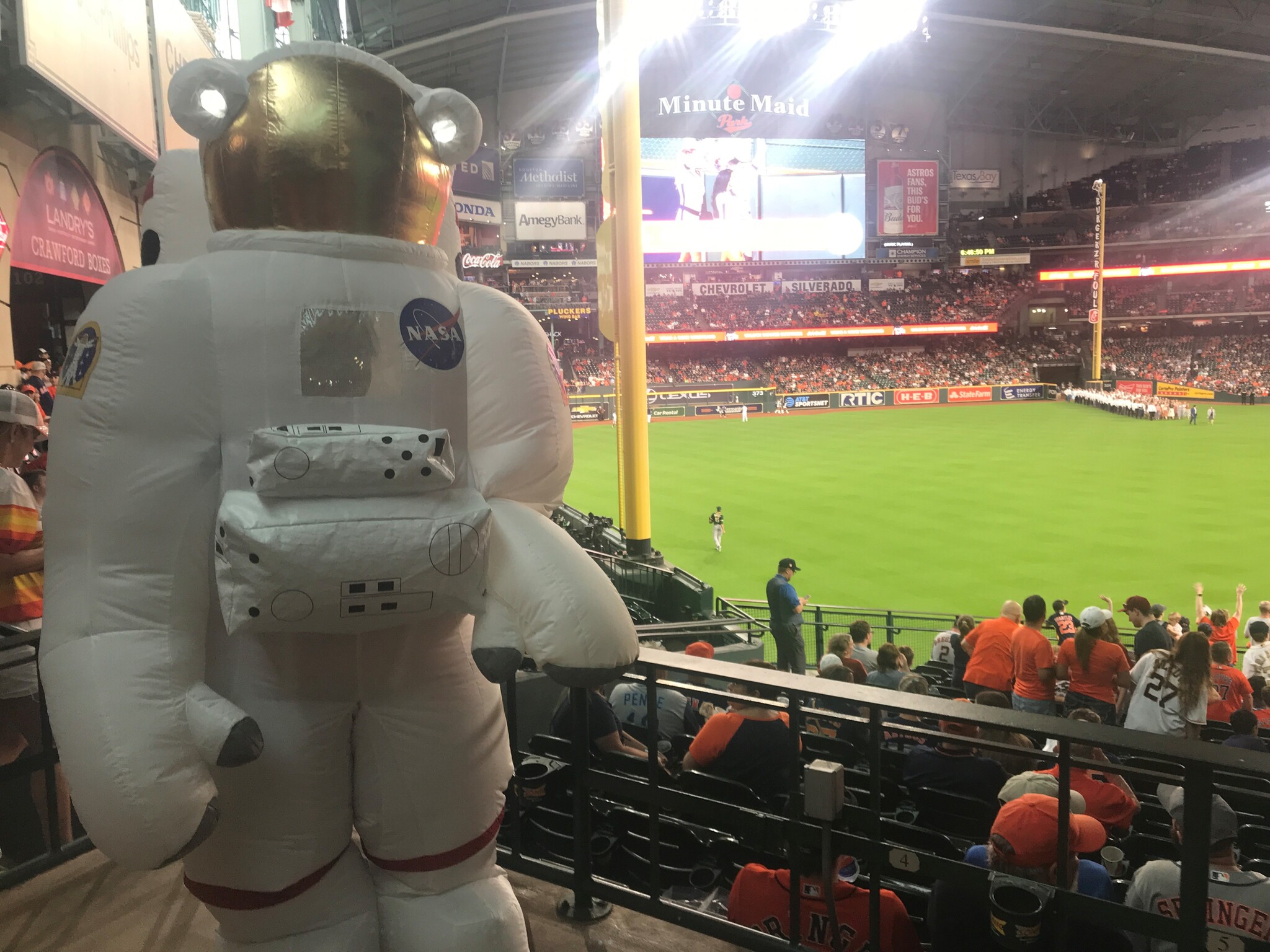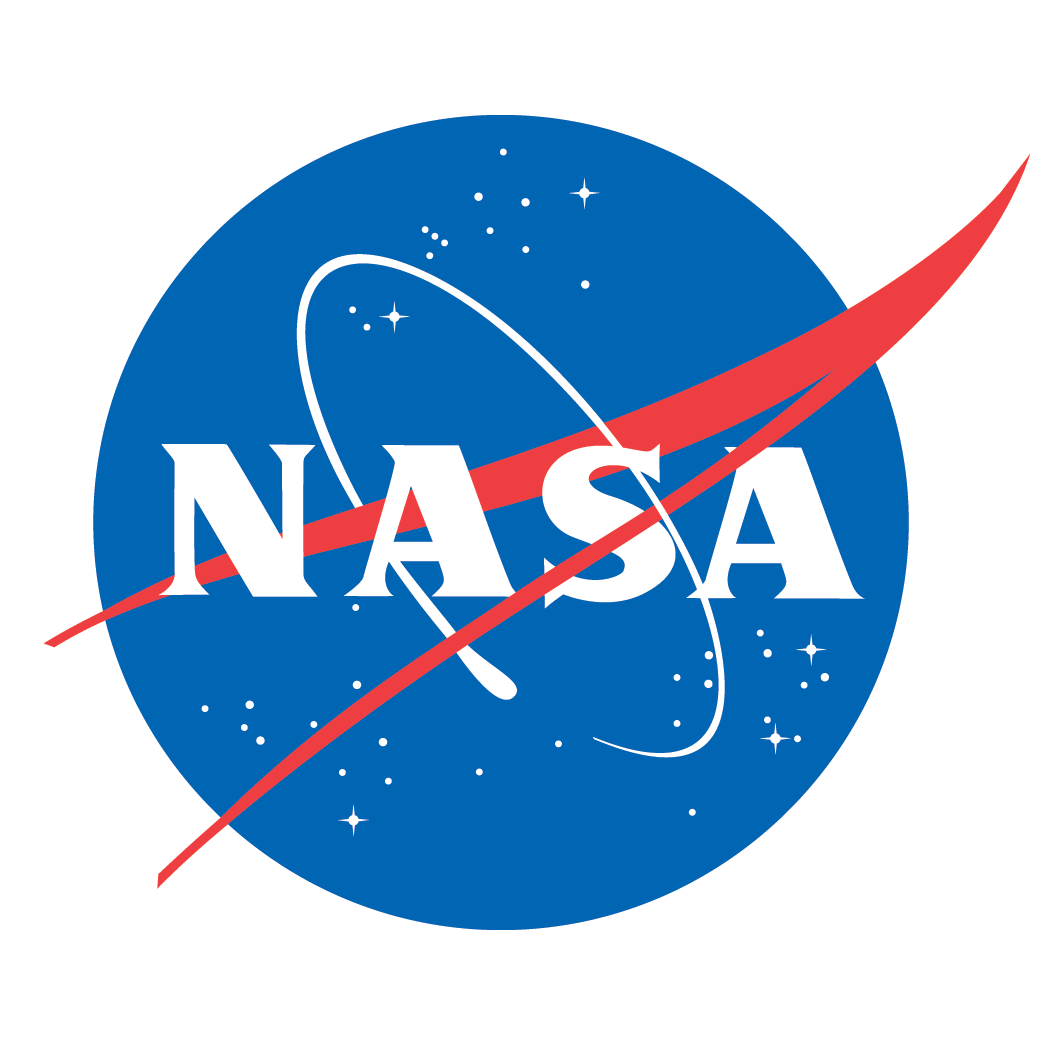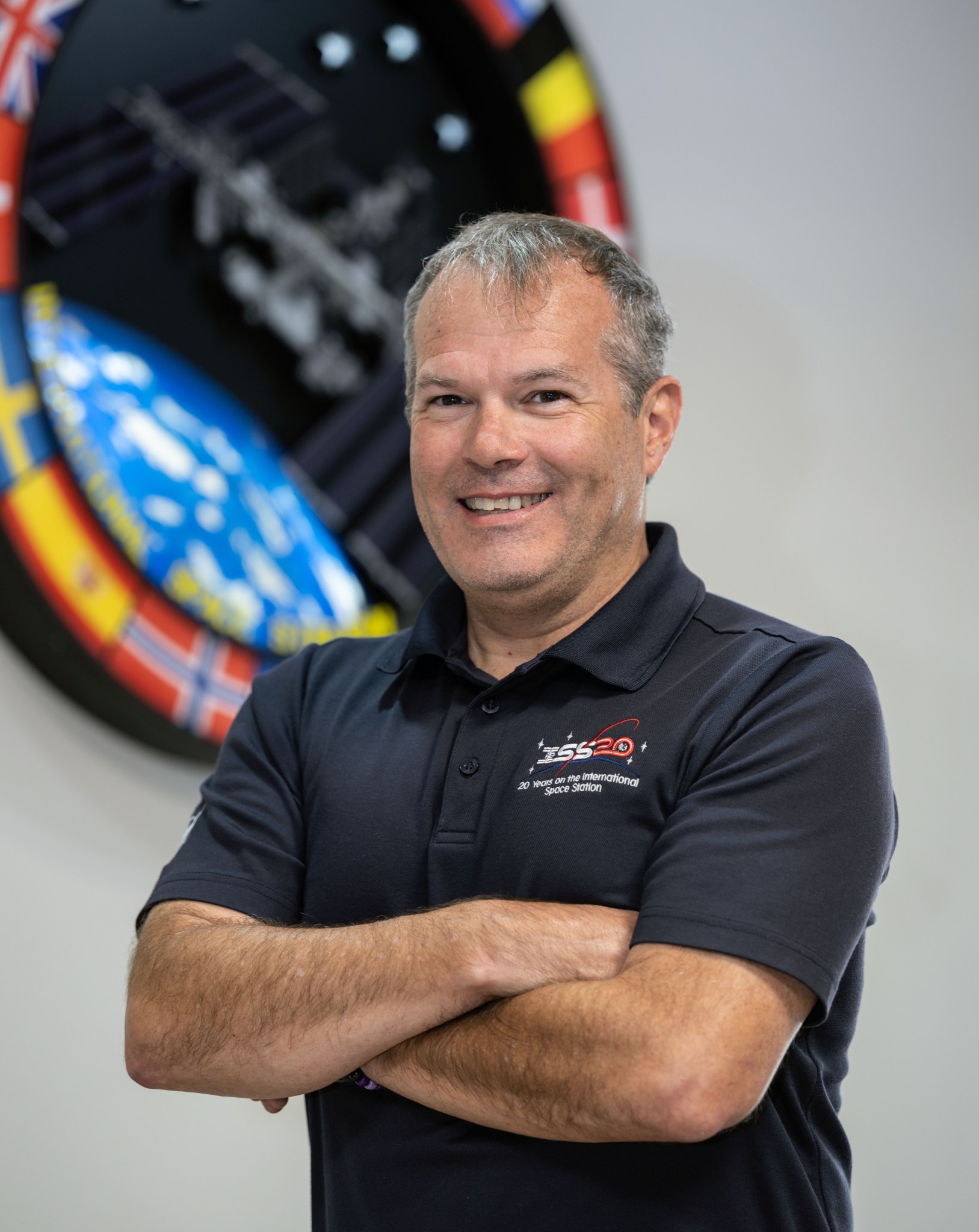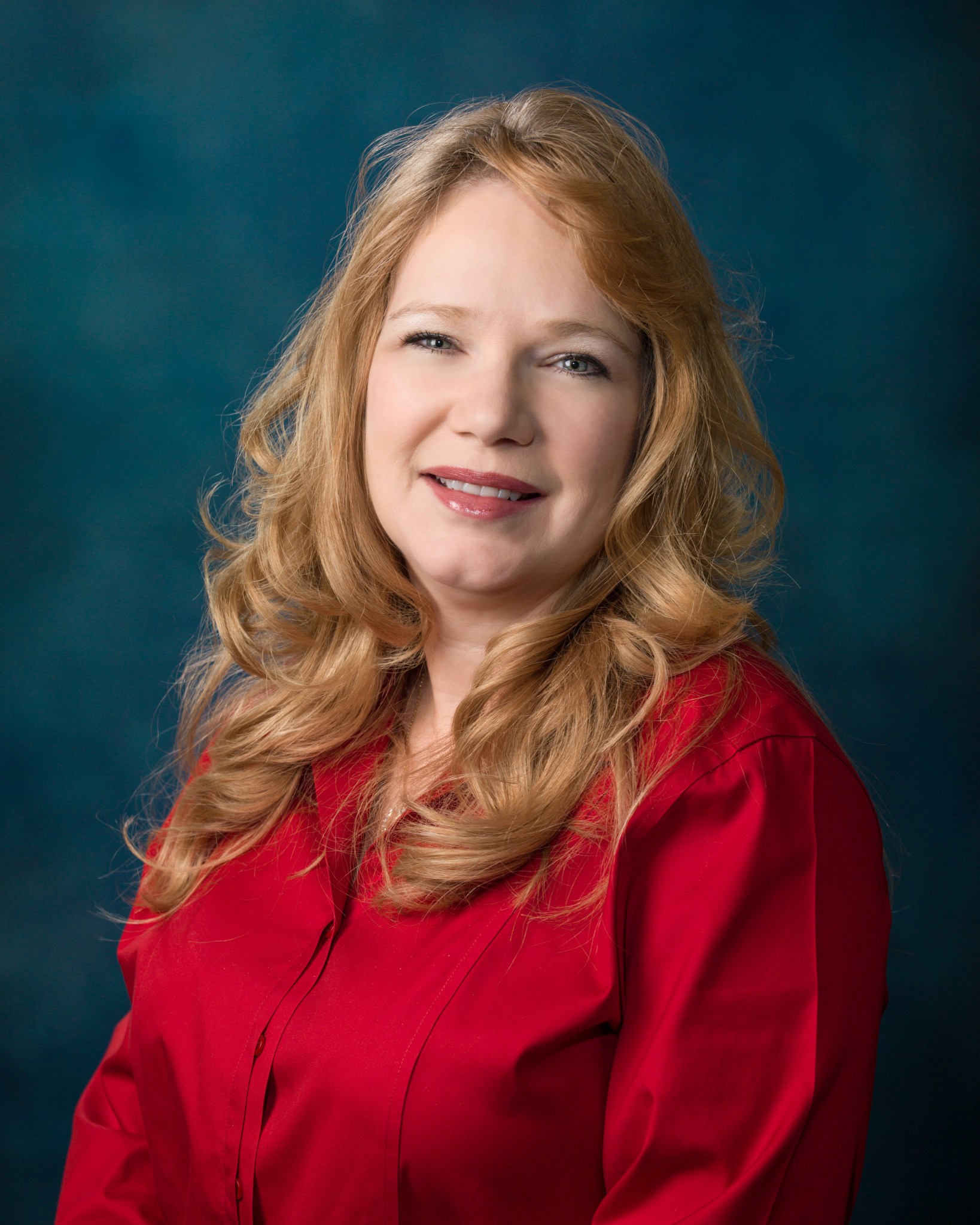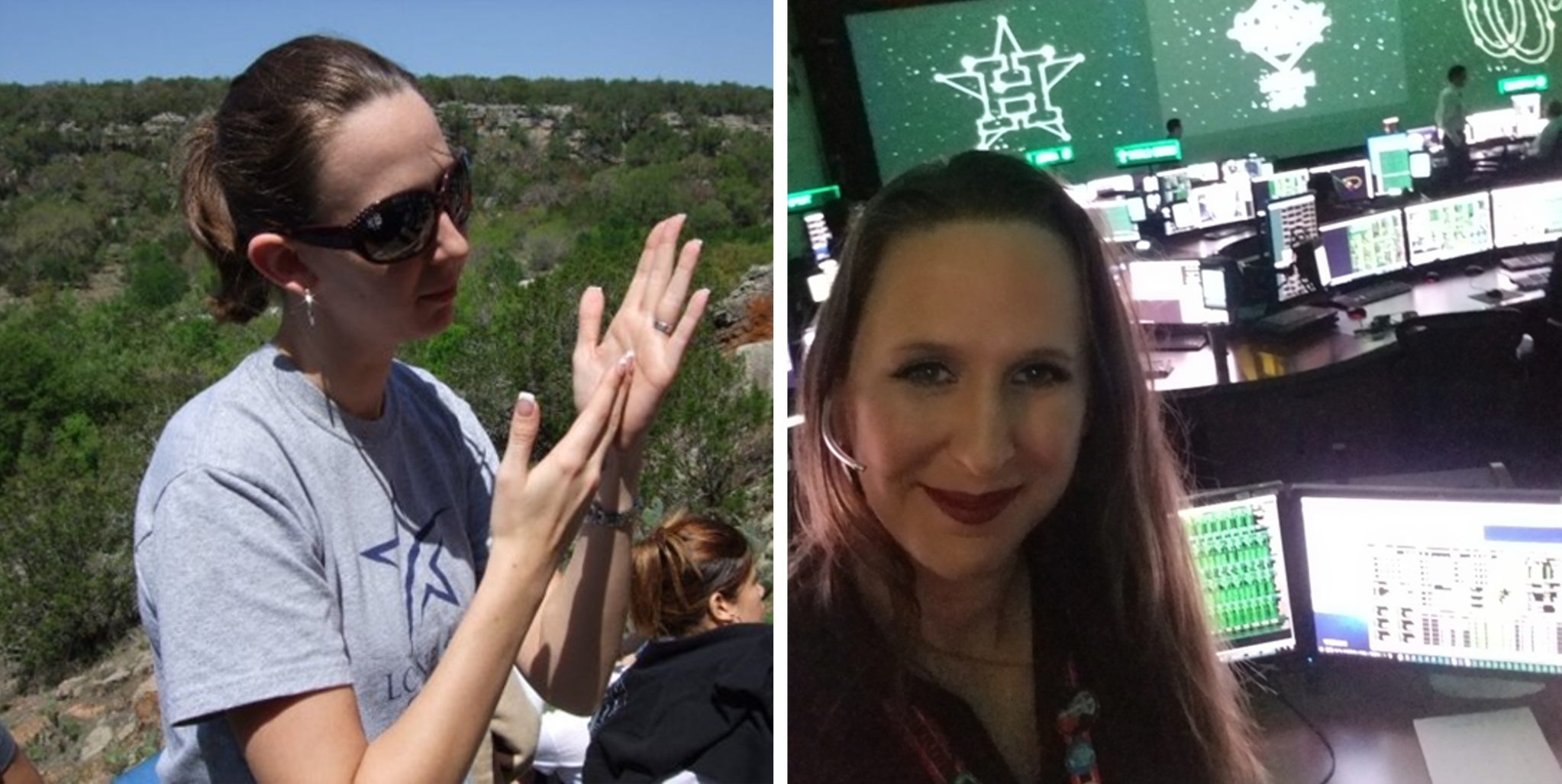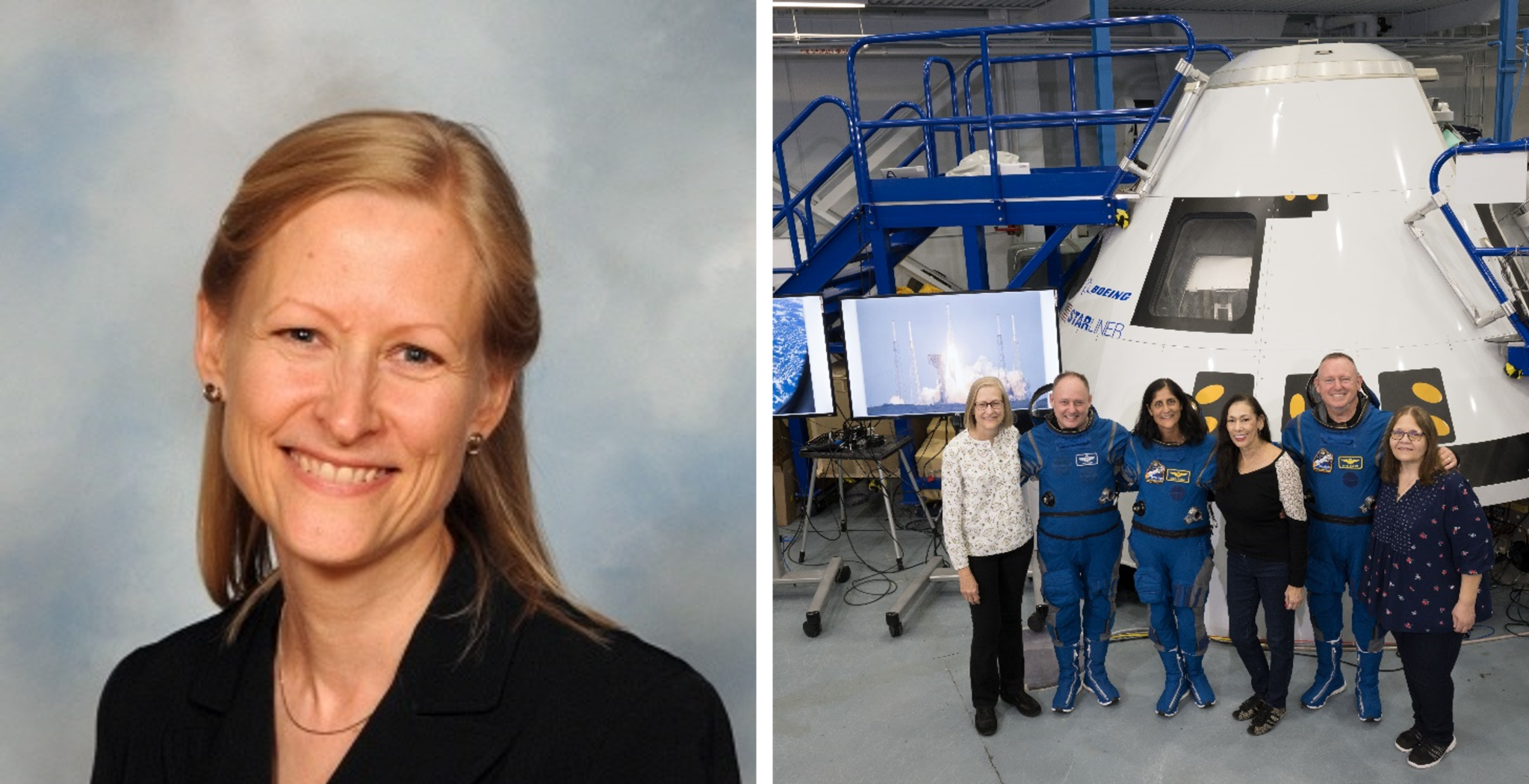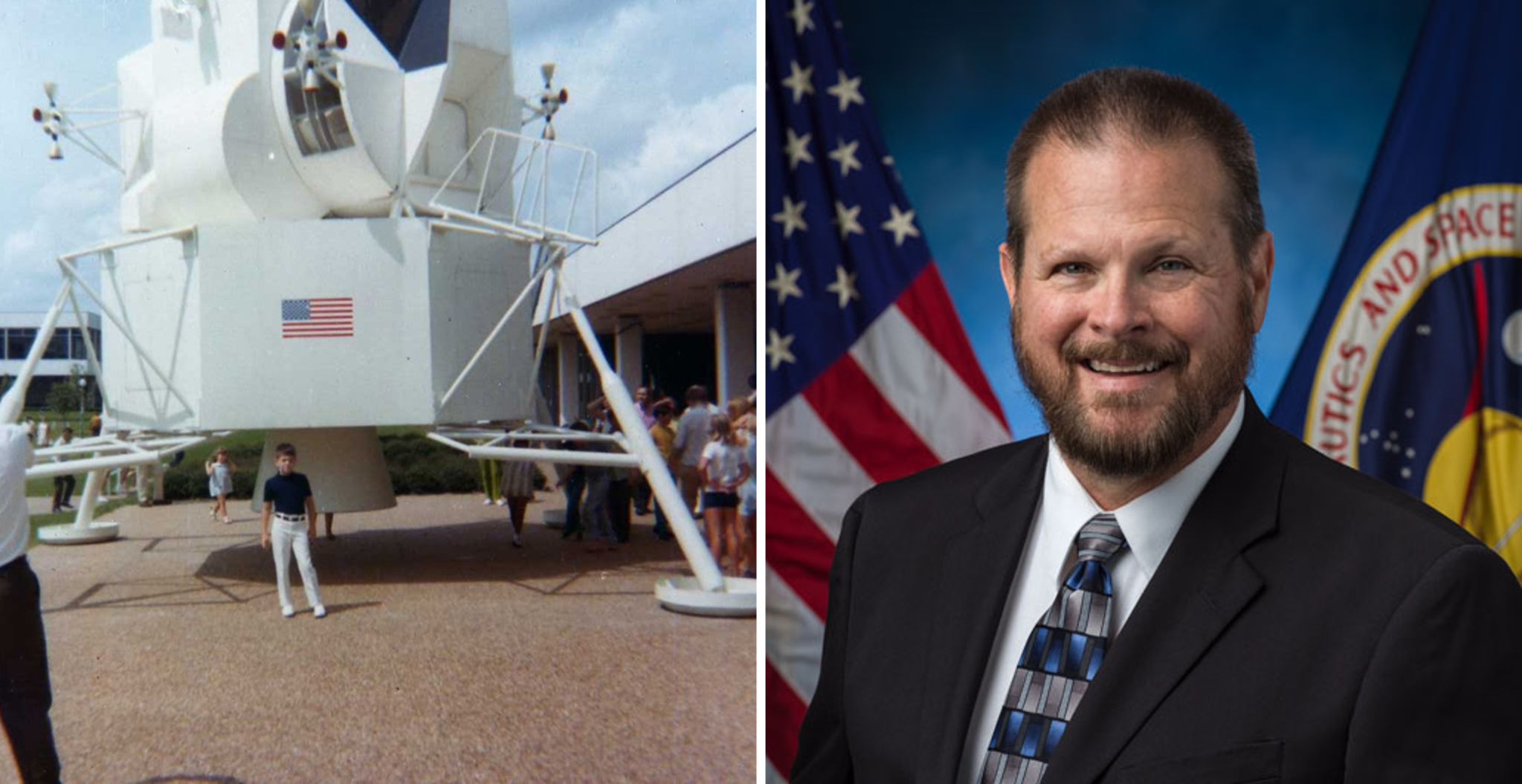Station Nation: Meet Megan Harvey, Utilization Flight Lead and Capsule Communicator
Megan Harvey is a utilization flight lead and capsule communicator, or capcom, in the Research Integration Office at NASA’s Johnson Space Center in Houston. She integrates science payload constraints related to vehicles’ launch and landing schedules. She is also working to coordinate logistics for the return of SpaceX vehicles to West Coast landing sites.
Read on to learn about Harvey’s career with NASA and more!
Johnson Space Center is home to the best teams, both on and off the planet!

Megan Harvey
Utilization Flight Lead and Capsule Communicator
Where are you from?
I am from Long Valley, New Jersey.
How would you describe your job to family or friends who may not be familiar with NASA?
Many biological experiments conducted on the space station have specific time constraints, including preparation on the ground and when crew interacts with them on orbit. I help coordinate and communicate those kinds of constraints within the International Space Station Program and with the scientific community. This is especially important because launch dates seldom stay where they are originally planned! I am also currently working in a cross-program team coordinating the logistics for the return to West Coast landings of SpaceX vehicles.
As a capcom, I’m the position in the Mission Control Center in Houston that talks to the crew. That would be me responding to someone saying, “Houston, we have a problem!”
I’ve worked in the Research Integration Office since the beginning of 2024 and have really enjoyed the change of pace after 11 years in the Flight Operations Directorate, where I supported several different consoles for the International Space Station. I’ve kept my capcom certification since 2021, and it is an absolute dream come true every time I get to sit in the International Space Station Flight Control Room. Johnson Space Center is home to the best teams, both on and off the planet!
How long have you been working for NASA?
I have been working for the agency for 13 years.
What advice would you give to young individuals aspiring to work in the space industry or at NASA?
Some things that I have found that helped me excel are:
1. Practice: I am surprised over and over again how simply practicing things makes you better at them, but it works!
2. Preparation: Don’t wing things!
3. Curiosity: Keep questioning!
4. Enthusiasm!
Since going to Space Camp in Huntsville, Alabama, when I was 10 years old, I wanted to be a capcom and work for NASA.

Megan Harvey
Utilization Flight Lead and Capsule Communicator
What was your path to NASA?
I had a very circuitous path to NASA. Since going to Space Camp in Huntsville, Alabama, when I was 10 years old, I wanted to be a capcom and work for NASA. I also traveled to Russia in high school and loved it. I thought working on coordination between the Russian and U.S. space programs would be awesome. In pursuit of those dreams, I earned a bachelor’s degree in physics with a minor in Russian language from Kenyon College in Gambier, Ohio, but I had so much fun also participating in music extracurriculars that my grades were not quite up to the standards of working at NASA. After graduation, I worked at a technology camp for a summer and then received a research assistant position in a neuroscience lab at Princeton University in New Jersey.
After a year or so, I realized that independent research was not for me. I then worked in retail for a year before moving to California to be an instructor at Astrocamp, a year-round outdoor education camp. I taught a number of science classes, including astronomy, and had the opportunity to see the Perseverance Mars rover being put together at NASA’s Jet Propulsion Laboratory in Southern California. It dawned on me that I should start looking into aerospace-related graduate programs. After three years at Embry-Riddle in Daytona Beach, Florida, I received a master’s degree in engineering physics and a job offer for a flight control position, initially working for a subcontractor of United Space Alliance. I started in mission control as an attitude determination and control officer in 2012 and kept that certification until the end of 2023. Along the way, I was a Motion Control Group instructor; a Russian systems specialist and operations lead for the Houston Support Group working regularly in Moscow; a Remote Interface Officer (RIO); and supported capcom and the Vehicle Integrator team in a multipurpose support room for integration and systems engineers. I have to pinch myself when I think about how I somehow made my childhood dreams come true.
Is there someone in the space, aerospace, or science industry that has motivated or inspired you to work for the space program? Or someone you discovered while working for NASA who inspires you?
After I switched offices to Houston Support Group/RIO, most of my training was led by Sergey Sverdlin. He was a real character. Despite his gruffness, he and I got along really well. We were very different people, but we truly respected each other. I was always impressed with him and sought out his approval.
What is your favorite NASA memory?
The most impactful experience I’ve had at NASA was working together with the Increment 68 leads during the days and months following the Soyuz coolant leak. I was increment lead RIO and just happened to be in the Increment Management Center the day of a planned Russian spacewalk. The increment lead RIO is not typically based in the Increment Management Center, but that day, things were not going well. All of our Russian colleagues had lost access to a critical network, and I was troubleshooting with the Increment Manager and the International Space Station Mission Management Team chair.
I was explaining to International Space Station Deputy Program Manager Dina Contella the plan for getting our colleagues access before their off-hours spacewalk when we saw a snowstorm of flakes coming out of the Soyuz on the downlink video on her office’s wall. Those flakes were the coolant. It was incredible watching Dina switch from winding down for the day to making phone call after phone call saying, “I am calling you in.” The Increment Management Center filled up and I didn’t leave until close to midnight that day. The rest of December was a flurry (no pun intended) of intense and meaningful work with the sharpest and most caring people I know.
What do you love sharing about station? What’s important to get across to general audiences to help them understand the benefits to life on Earth?
There is so much to talk about! I love giving insight into the complexities of not only the space station systems themselves, but also the international collaboration of all the teams working to keep the systems and the science running.
If you could have dinner with any astronaut, past or present, who would it be?
I would have dinner with Mae Jemison or Sally Ride. It’s too hard to pick!
Do you have a favorite space-related memory or moment that stands out to you?
I was selected by my management a few years ago to visit a Navy aircraft carrier with the SpaceX Crew-1 crew and some of the Crew-1 team leads. We did a trap landing on the deck and were launched off to go home, both via a C-2 Greyhound aircraft. It was mind blowing! I am also very lucky that I saw the last space shuttle launch from Florida when I was in graduate school.
What are some of the key projects you’ve worked on during your time at NASA? What have been your favorite?
My first increment lead role was RIO for Increment 59 and there was a major effort to update all our products in case of needing to decrew the space station. It was eye-opening to work with the entire increment team in this effort. I really enjoyed all the work and learning and getting to know my fellow increment leads better, including Flight Director Royce Renfrew.
Also, in 2021 I was assigned as the Integration Systems Engineer (ISE) lead for the Nanorack Airlock. I had never worked on a project with so many stakeholders before. I worked close to 100 revisions of the initial activation and checkout flowchart, coordinating with the entire flight control team. It was very cool to see the airlock extracted from NASA’s SpaceX Dragon trunk and installed, but it paled in comparison to the shift when we did the first airlock trash deploy. I supported as lead ISE, lead RIO, and capcom all from the capcom console, sitting next to the lead Flight Director TJ Creamer. I gave a countdown to the robotics operations systems officer commanding the deploy on the S/G loop so that the crew and flight control team could hear, “3, 2, 1, Engage!”
I’ll never forget the satisfaction of working through all the complications with that stellar team and getting to a successful result while also having so much fun.
What are your hobbies/things you enjoy outside of work?
I love biking, rock climbing, cooking, board games, and singing.
Day launch or night launch?
Night launch!
Favorite space movie?
Space Camp. It’s so silly. And it was the first DVD I ever bought!
NASA “worm” or “meatball” logo?
Worm
Every day, we’re conducting exciting research aboard our orbiting laboratory that will help us explore further into space and bring benefits back to people on Earth. You can keep up with the latest news, videos, and pictures about space station science on the Station Research & Technology news page. It’s a curated hub of space station research digital media from Johnson and other centers and space agencies.
Sign up for our weekly email newsletter to get the updates delivered directly to you.
Follow updates on social media at @ISS_Research on Twitter, and on the space station accounts on Facebook and Instagram.
